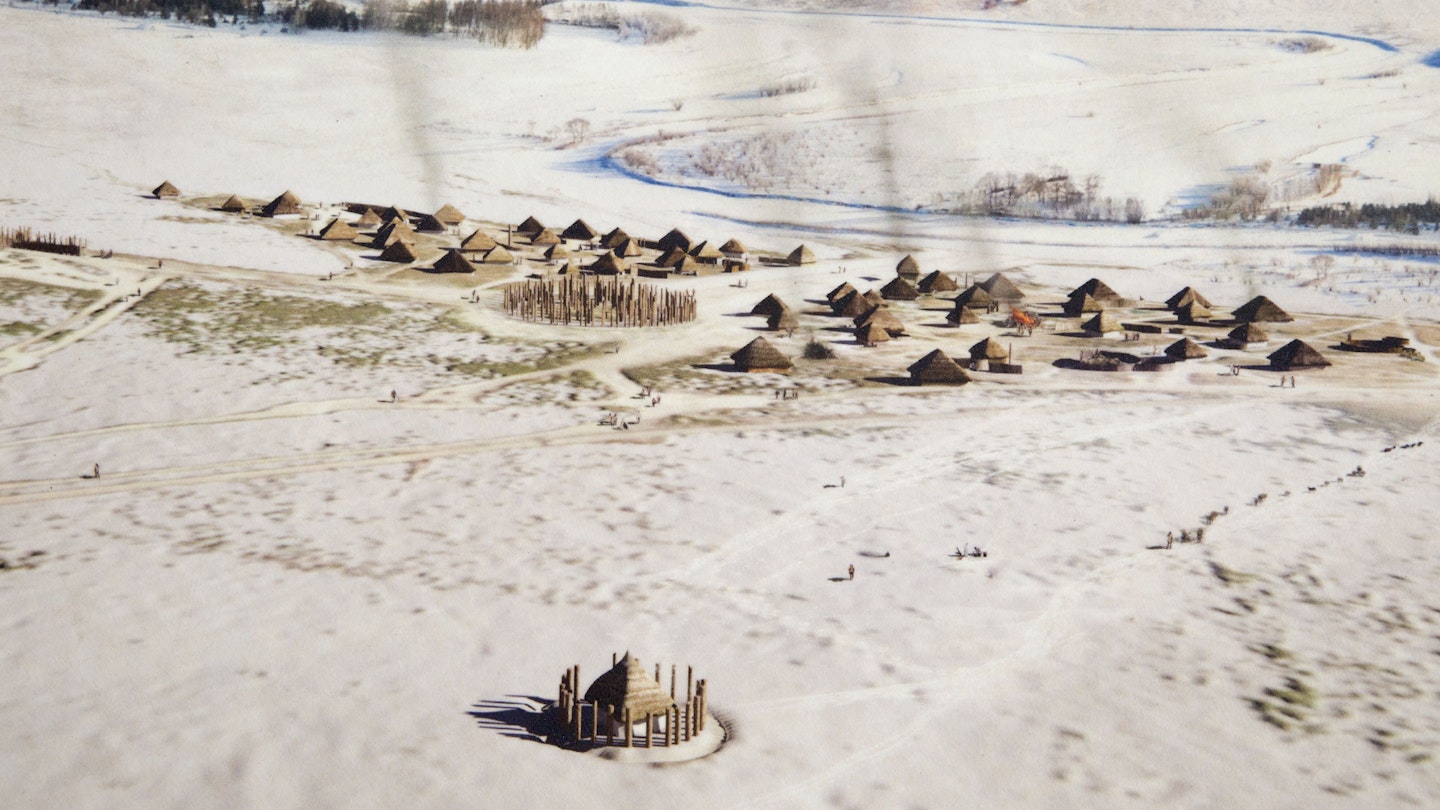Neolithic Monument Discovered Near Stonehenge
A large Neolithic monument discovered near Stonehenge in England has cast new light on the mystery of the ancient site.
Researchers believe the monument is one of the largest Neolithic finds of its kind ever discovered in Britain. This remarkable discovery consists of 20 pits or shafts that form a wide circle around the ancient settlement of Durrington Walls, located close to the sacred stone circle of Stonehenge—widely considered to be Britain’s most important historical landmark. Consequently, it is hoped that this discovery could reveal key information about the people and societies of the Neolithic world.
The Stonehenge Hidden Landscapes Project (SHLP) team, comprising a group of archaeologists from multiple British universities, discovered the pits deep underground utilizing a combination of multi-sensory and traditional excavation techniques. The researchers have described the discovery as “astonishing,” noting that the pits are about 1.2 miles (2 km) in diameter and date back to the same period as Stonehenge, around 4500 years ago. It is believed that this ring of pits may have served as a boundary to protect Durrington Walls or acted as a divider between the Durrington and Stonehenge areas.
Vincent Gaffney, one of the archaeologists leading the project, stated, “This is an unprecedented find of major significance within the UK. Key researchers on Stonehenge and its landscape have been taken aback by the scale of the structure and the fact that it hadn’t been discovered until now so close to Stonehenge.”

He further remarked, “I can’t emphasize enough the effort that would have gone into digging such large shafts with tools made of stone, wood and bone.”
The team believes that this discovery adds a new chapter to the Stonehenge narrative, suggesting “an even more complex society than we could ever imagine.” However, the significance of the pit arrangement and its function in Neolithic society remains unclear.

In a statement, Dr. Nick Snashall, National Trust archaeologist for the Stonehenge and Avebury World Heritage Site, remarked: “As the place where the builders of Stonehenge lived and feasted, Durrington Walls is key to unlocking the story of the wider Stonehenge landscape. This astonishing discovery offers us new insights into the lives and beliefs of our Neolithic ancestors.”
Stonehenge, located a few hours’ drive from London, has fascinated generations of visitors and archaeologists, leaving many puzzled regarding its origins and purpose. During the summer solstice every June, hundreds gather to watch the sun rise. One prevalent theory posits that it was a sacred site where individuals buried their loved ones and sought to communicate with the spirits of the deceased, according to Mike Pitts, editor of British Archaeology magazine and one of the few who has led excavations at Stonehenge.





